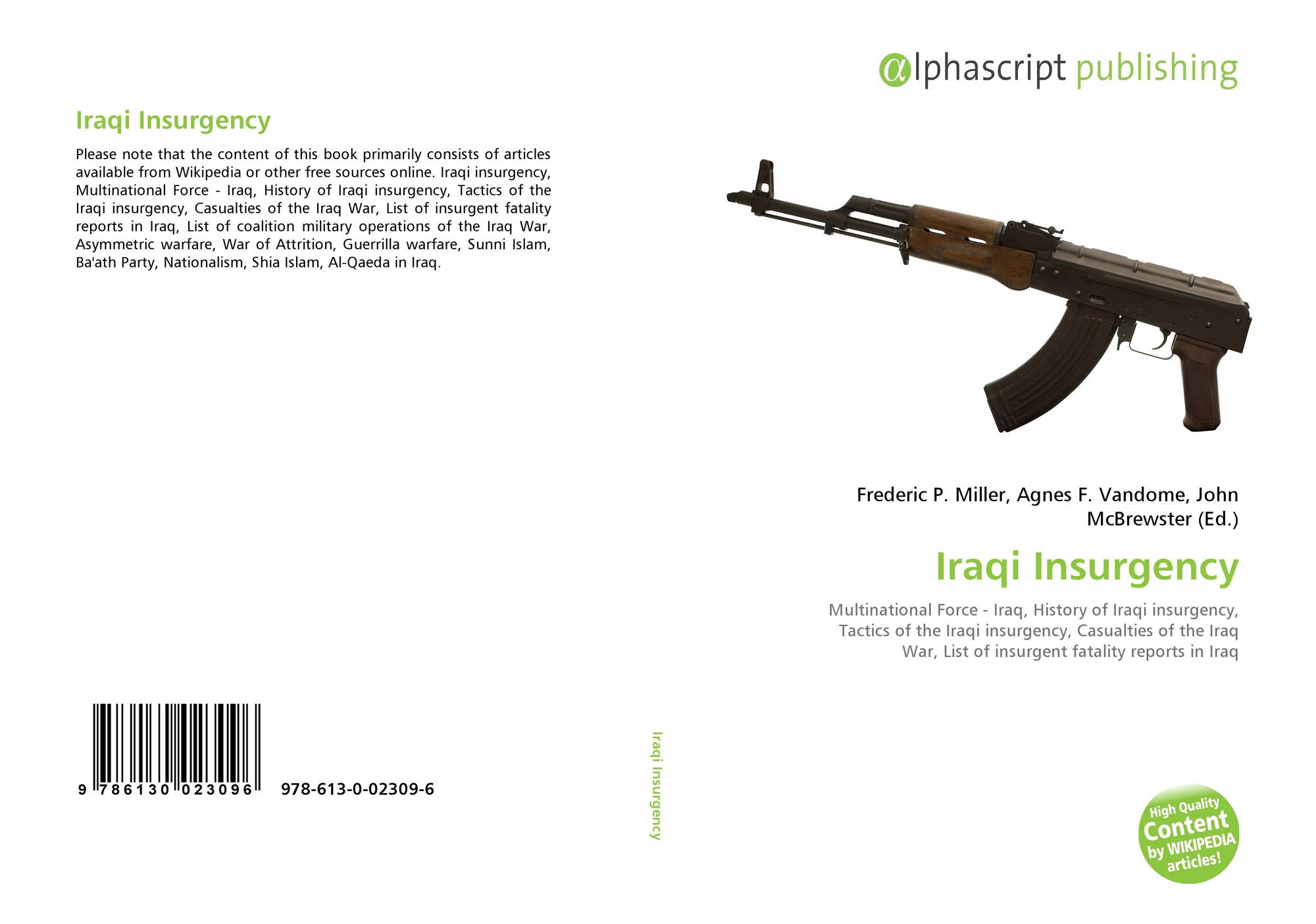

ISIL asserts that certain Hadith and Qur’anic verses support their right to enslave and rape captive non-Muslim women. Specifically, ISIL argued that the Yazidi were idol worshipers and appealed to the shariah practice of spoils of war. In October 2014, in its digital magazine Dabiq, ISIL explicitly claimed religious justification for enslaving Yazidi women. See also: Islamic views on slavery, Slavery in 21st century Islamism, Ma malakat aymanukum, and Forced marriage Rape by deception Effects and motivations.

government disbanded the original Iraqi Army, into only a few thousand fighters since the vast majority of the insurgent groups have been either defeated or switched to the Iraqi Government during and after the U.S. However as of August 2011, the insurgency went from about 130,000 size-force in 2003 after the U.S. Iraq's deep sectarian divides have been a major dynamic in the insurgency, with support for the insurgents varying amongst different segments of the population. The same poll indicated that over 90% of Arab Sunnis in Iraq approve of the attacks.

According to a February–March 2007 poll, 51% of the Iraqi population approve of the attacks on Coalition forces. As in most guerrilla warfare, civilians on all sides bear the brunt of the violence. They have continued during the transitional reconstruction of Iraq, as the Iraqi government tries to establish itself. Many militant attacks have been directed at the Iraqi police and military forces of the Iraqi government. These have, however, caused the largest number of victims (see Tactics of the Iraqi insurgency). During this period, only 10% of significant attacks have targeted Iraqi civilians. From at least 2004, and as of May 2007, the insurgency primarily targeted Coalition armiesand latterly, Iraqi security forces seen as collaborators with the coalition. The insurgency began shortly after the 2003 invasion of Iraq and before the establishment of the new Iraqi government. The insurgents were involved in asymmetric warfare and a war of attrition against the US-supported Iraqi government and US forces, while conducting coercive tactics against rivals or other militias. During the height of the war the fighting was appearing both as armed conflict with the United States-led military coalition, as well as sectarian violence among the different ethnic groups within the population. The Iraqi Resistance is composed of a diverse mix of militias, foreign fighters, all-Iraqi units or mixtures opposing the United States-led multinational force in Iraq and the post-2003 Iraqi government.


 0 kommentar(er)
0 kommentar(er)
